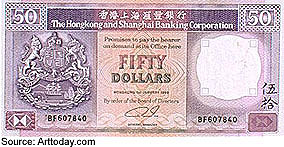Economic Domino Theory

 by Tasha Vincent
Is there a Vaccination for the Asian Economic Flu?When the currency crisis in Thailand began in the summer of 1997, most Americans watched with detached interest. When the economic instability spread to neighboring Indonesia, we sat up in our chairs a bit, but by the time the "Asian Flu" had spread to Hong Kong in late October, we were glued to our computer screens. The true nature of the global economy became starkly clear as U.S. stocks reacted to prospects of reduced exports, currency devaluations, and potential defaults on foreign debt loans, culminating in the breathtaking 550-point loss on the Dow on October 27. Small investors shrugged off the doom-and-gloom Wall Street experts and quickly jumped back in, scooping up bargain-priced stocks and leading a rally that regained all the lost ground within a week. After all, the American economy was still growing at 5 percent each quarter. No reason for pessimism. Fast forward to the summer of 1998. Again we see currency instability in East Asia, but now Russian stock markets are also catching the sniffles. The Japanese economy has officially entered a recession, South Korea is closing banks and raising interest rates in compliance with a $55 billion IMF bailout package, and the Malaysia and Hong Kong GNPs actually shrank in the first quarter. By September, the Russian economy had all but collapsed, Brazilian and Latin American economies showed signs of trouble, and Malaysia was clamping down on foreign currency exchanges in an attempt to stem the flow of cash leaving the country. International financier George Soros even went before the U.S. Congress to warn of an impending global credit crunch, and second quarter growth in the American economy had slowed to 1.8% from 5.5% in the first quarter. Is the American economy still immune to the Asian Flu?
|









